Antarctica - A journey to the southern polar region, to a desert known to be the coldest place on planet earth.
We went to the North part of the Earth on this article where we met the Inuit people who gave us a view of how life in the Arctic region is like and how one could survive the cold of this region, how would you like a trip to the southern polar region?
Today I decided we pay a visit to the South Poler region and the land far south is known as continent Antarctica, a desert, this part of Earth is known to be the coldest landmark on earth and just like the Arctic region it has quite an amazing features. Welcome aboard, It's nice having you on this trip.
Antarctica - Meet The Coldest Land On Earth
When you speak of the fifth largest of the seven continents of our world, then the name Antarctica comes to mind, it have a landmark of approximately 14.2 million square kilometers during the summer period, approximated to be twice the size of the Australia and United States Of America and a size fifty times the size of the United Kingdom.
Antarctica is at the South poler region, at latitude 66° 30' S and it's known for an almost circular shape and a long arm, the Antarctic Peninsula which stretches to South America.
Landmarks close to Antarctica see South America first which is about 1000km away from this continent, over the Drake passage is Australia which is 2500 kilometers away and lastly South Africa 4000km away.
The size of Antarctica is doubled during the winter, this is due to the formation of sea ice at the coast. It is known to be the coldest place on earth having an average temperature of about -34.4°C with only two seasons which are the winter and the summer, day and night variation sees 6 months of darkness in the winter period and another 6 months of the light from the sun during the summer period.
This variation in the season is due to the tilt of the axis of the earth with respect to the position of the sun, the tilt direction is known to be constant and on the summer period, Antarctica faces the sun while during the winter, it faces away from it.
Why We Consider This Place A Desert
A desert is defined by the amount of rainfall in the area, an area must have more than 254mm of annual rainfall or precipitation to not quantify a desert and Antarctica do not meet this requirement. In the interior part of this continent, the annual rainfall in this area is only about 50mm in water equivalent which is actually less than that of the Sahara Desert.
When we move towards the coast this precipitation increases to about 200mm of water equivalent of snow, this heavy snowfall will occur on the effect of cyclonic storms as they tend to pick moisture from surrounding seas, depositing them as snow in the coastal region of Antarctica.
But unlike other deserts which sees the action of the sun hence the occurrence of evaporation, the Antarctic region only experience the little effect of evaporation making the snow build up to stay for hundreds or even thousands of years forming very thick ice sheets in the region.
When we say water equivalent, it simply implies that this precipitation does not fall as water but as snow and these snow are collected and melted.
Reason For The Coldness Of Antarctica
The Angle Of The Sun
The sun angle is of big significance to the temperature of a region, the sun strikes the equator to a right angle but when you are to move from the equator towards either the North or south polar region, this angle of strike tend to become acute, reducing as you go towards the poles.
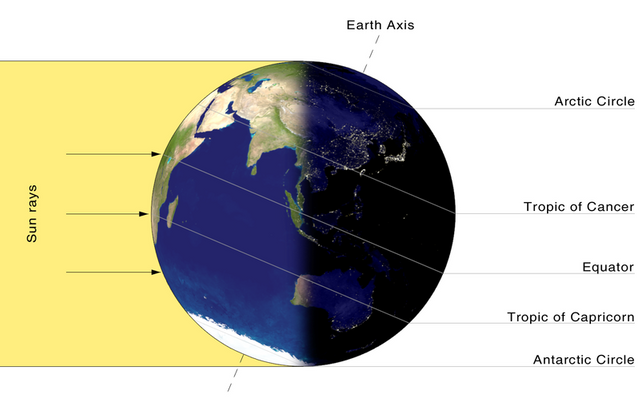
WikimediaThe angle of the sun and the earth's tilt, byBlueshadeLicenced under CC BY-SA 2.0
This simply implies that in the polar regions, the heat of the sun is dispersed over a great area making the intensity of the rays to be less when compared to its strike at the equator. Then comes the tilt of the earth (this simply means the movement of the axis of the earth to an angle) this tends to make less the effect of the sun in the poler more greater during the winter periods.
Large landmass
An effect which helps regulate the heat of the polar region is the effect of the sea on the area, in the Arctic region, the land areas around there is less as it sees more of the Atlantic Ocean, this effect tends to bring a less cold Arctic region but when compared to Antarctica, the landmass of Antarctica is so wide leading to the interior parts being far from the sea region this interior region is not affected by the Sea temperature hence it gets even colder.
So, in summary, this region is referred to as the coldest because it is a polar region, it has a very large landmass and it's an area very high above sea level. We shall get to see how the weather is in Antarctica, stick with me.
Increased Altitude
Studies have shown that the temperature of this area fall as the altitude of the area increase at an estimated rate of 1C per 100m, it is known that Antarctica amongst other continents have the highest elevation above sea level which is measured to be about 2300m by 7546 ft (1.4miles), this effect also adds to the cold temperature of the Antarctic region.
Weather And Climate In Antarctica
Amongst all the continents of the world, Antarctica is known to be the coldest and also known for its wind, the temperature of the area known to be the lowest ever recorded for any part of the world, reaching a temperature of - 89.2°C on 21st July 1983 in a Russian base named Vostok which is very close a place called the "inaccessible" (a point on Antarctica which is not accessible since it's further than any other place and known to be the most difficult to access) this area is very far from the coast of the ocean hence it does not receive any form of warming effect of the ocean.
The Antarctic regions also experience very strong winds which rearly calm down with a wind speed about 320km/h recorded in July 1972 at French Gumout d'Urville, this wind flow from the downward side of the coast to the inward region driven by the force of gravity.
Three part of the Antarctic region experience different form climatic condition, The interior region of Antarctica is a very cold region of Antarctica which experience little snowfall, The coastal regions have a milder temperature than the interior region and a higher rate of precipitation and the Antarctica Peninsula is of a warmer climate of above the freezing temperature during the summer.
Below is the summary of the type of weather you will see visiting the Antarctic region.
Precipitation In Antarctica
Precipitation in the Antarctic region is mostly in the form of snow, the amount of snowfall is entirely difficult to measure due to the strong nature of the wind in the area blowing the snow around for sometime before it touches the ground hence no extra is added in a position and they do not land to the ground vertically as it is known to measure precipitation of snow as the equivalent amount of water obtained when the snow in a given area is collected and melted.
In the high parts of the East Antarctica desert, it is said to have a water equivalent less than 50mm of water per year, this area does not see the precipitation falling as snowfall but as very tiny ice crystals which are referred to as diamond dust and it tends to cause so many optical natural phenomena.
The heaviest amount of snowfall is experienced in the West coast of Antarctica Peninsula, in the coastal region, a little amount of rain falls in the summer.
The Wind
These are referred to as "katabatic winds", on reaching the coast of the of the ocean, they tend to produce an ocean current which is known as the East-West drift which comes due to the earth's rotation having influence beyond the coastline, the wind intensity of the Antarctic region as described by old sailors with respect to lattitude were roaring 40° wind, furious at 50° and screaming at 60°.
At below 60°S, the wind is energetically furious which can lead to the formation of very cold air over the pole before falling down and as it falls from the slope of the high plateau which is as high as 3,000m it gets a lot faster thus reaching the coast region at a very high speed.
Clouds In Antarctica.
To get the cloud estimate in Antarctica is mostly very hard due to the large landscape of the area and some features of the clouds may be a distance away hence difficult to estimate but mostly on an average the coverage of cloud in the area might be a ratio of 4/8 or 6/8, but reality sometimes sees cloud coverage of either fully covered with cloud or covered with no cloud at all.
The coastal areas are normally cold than the continental areas as the continental areas are mostly seen to be covered with ice crystals than a vapor mixture of ice and water which is seen in coastal areas.
Blizzards Occurrence
This is due to a combination of very high wind blowing the snow around hence the snow seen flying around may not have fallen from the sky but picked up from the ground, at very low temperature snowfall is often noticed to be loosely bounded together same with little ice crystals in the air hence they can be easily blown around for quite some time, this is a nature of what is known to the Antarctic region.
This lead to the formation of the blizzard which can easily create a white-out making it quite impossible to differentiate the cloud from land, a white blur, this is a very dangerous effect as one can fall off the edge of a cliff not knowing it was there.
A story was told of a doctor who went to pay a visit to a penguin rookery one faithful day, coming back he faced a disoriented weather, a whiteout, everywhere was just like a thick white blanket, looking afar, he thought he saw the cook of his base waving down at him to come indoors only a few steps later to find out it was actually a penguin feather which was stuck in the snow and was blowing in the wind, that's how disorienting finding yourself in such condition might be.
Life in Antarctica
The desert Antarctica, just like most deserts possess no Bush or trees, antartica have their vegetations to be only of lichens, algae, and mosses, these are only seen in some part of Antarctica, mostly the Antarctica Peninsula, also the discovery of lichens in this region have been only in some isolated mountains of the South pole growing in rocks and they are seen to colour yellow, orange and red mostly and in large part of summer period where the Ice were to uncover the rocks, these rocks will see the growth of these lichens a bit higher giving the impression of having dark grass in a field.
Sometimes algae are seen to grow in rocks rather than outside the rock, this is seen most especially in very dry valleys in Antarctica where the condition of the area is so harsh mostly with regards to very strong winds, these algae cannot survive staying at the surface of these rocks but rather they are then found growing In porous parts of rocks not minding being exposed to less amount of light.
Will we find animals in the Antarctic?, animals here are mostly those of the sea, and the known sea animals found in the area do not reside there for long as they are known to be of the migratory type depending on the sea for their source of food and when it's time for the very cold climate of the winter, they migrate to other places.
Hence the largest land animal native in Antarctica are invertebrates just sized few millimeters, they are animals like the ticks, mites and the nematode worms, they are built for survival in this place as they are known to survive the winter period by becoming frozen when in ice stopping all functions of their bodies when in the phase and when the Ice becomes a bit warm, they are seen to go active once again hence surviving the very cold ice winter period of Antarctica, they are mostly found in the Antarctic Peninsula.
Going down to the ocean which surrounds the continent we would find it to be filled with life in an abundant, animals such as the Whales could be found, they are known to feed on krill which could be found in abundance in the marine life there.
Also, migratory animals to Antarctica are 6 species of seal, 12 bird species which breed and live there for a while. After humans, the most numerous large mammal in the area is the crabeater seals but the largest populated animal in the area is known to be the krill.
However, Antarctica is known for its famous inhabitant which is the penguin, these are flightless birds which are also very good swimmers, they live mostly in the Ice packs which can be found in oceans which surrounds Antarctica and they tend to breed on the land or the Ice surface which are along the coastal areas on the island, the penguins which are mostly found in these area are the emperor penguins and the Adelie penguins.
Amazing Views In Antarctica
The Heavy Seas Across Drakes Passage
This is a water stretch between Antarctica and South America.
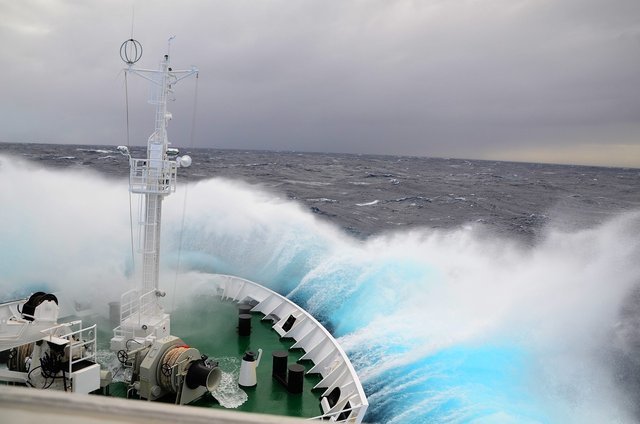
Pixabay: A view when crossing the stretch
This stretch of water is seen to have high winds blowing almost always, it's current movement is westward and being powered by the winds of the Antarctic with a flow rate of about 140 million cubic tonnes of water in a second.
They are known to be the toughest of a large stretch of water in the world and to move to the tip of South America this stretch must be crossed, to go to the Antarctic Peninsula this stretch of water must be crossed at a 90° angle to the current direction and crossing this stretch is the image seen.
Solar halo
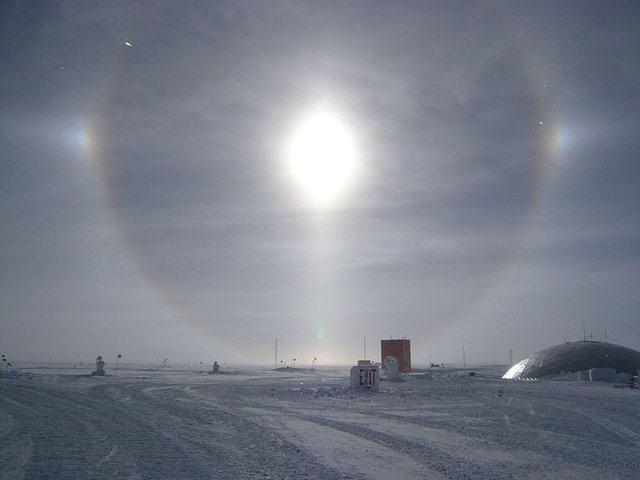
WikimediaSolar halo in AntarcticaHeiserLicenced under CC BY-SA 3.0
This is a form of optical phenomena which suspended ice crystals are seen to bring a form of reflection of the sun causing a view of a circle around the sun. Sometimes this will see parts of a circle which touches the original circle at 90° causing bright spots in the area known as the sun dog.
They are normally seen in the winter in the polar region rather than the summer period which sees to a low temperature of the area.
Mirage - Fata Morgana
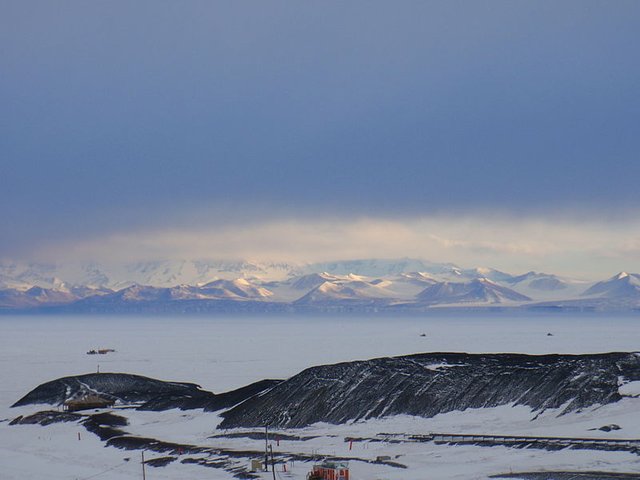
Wikimedia A Fata Morgana Mirage by Alan Light Licensed under CC BY-SA 2.0
This view is mostly seen in the polar regions mostly during the winter or towards the end as the Ice just begin to melt as a result of the difference in temperature between few meters above the atmosphere and that just above the surface of the Ice.
You might have seen a heat Haze which is a phenomenon seen on the road on a hot day, there is an equivalent since air at different temperature tends to cause refraction of light in varieties of ways, in this case, an object will be seen from a distance in a manner which will seem like it's floating above the Ice when actually it is resting on it.
Fahn bank
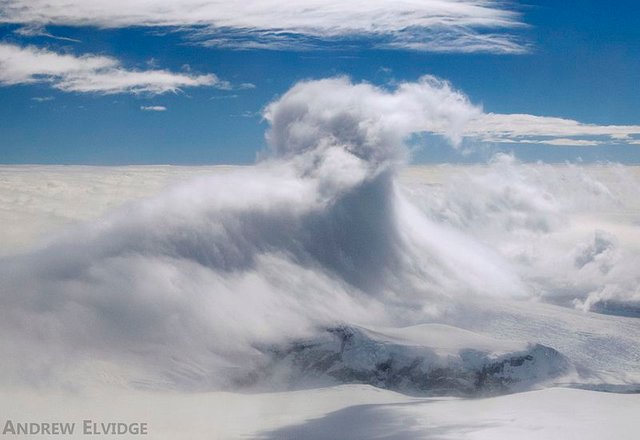
WikiRotor cloud during a westerly foehn eventDepunityLicenced under CC BY-SA 4.0
There is a sublimation of snow and ice, it implies the turning of ice directly to the gaseous phase not passing a liquid phase, this is the cause in the Antarctic region when a warm wind is to blow over the land. The effect of this is seen as a land covered with a large duvet, this can be seen well from a distance.
The Solar Piller
The low temperature of the Antarctic region simply implies that very little water is in the air but instead this little water tends to freeze and hence fall off the sky as ice crystals or sometimes build up front. Also due to the condition of the area at a point in time, these ice suspend in the air as ice crystals hence they reflect the sun in a number of ways causing different optical phenomena of Antarctica.
An optical phenomena normally experienced is the solar pillar, this occurs when the rays of the sun is strongly reflected from by suspended ice crystals thus forming an optical view of the sun like a Piller of light shining from up to down, the sight of it depends on the angle being viewed that is where the view is coming from and the person viewing, moving this pillar appears to move with the observer but will always be seen just below the sun.
Bringing It All Together
Continent Antarctica is an amazing part of the world, and just like the Arctic region, is known for its cold but only this time as the coldest Place on earth, this is a desert known for its heavy wind precipitation in form of snowmaking quite a harsh climate for plants or animal to inhabit, human habitation of Antarctica is mostly based on groups who go there to study the area.
Its unfortunate the non habitable nature of this very large landmark here on earth, and with the increasing population of humans the other habitable places are always on the stress and if this is not controlled, we might run out of habitable places on Earth hence it's important we develop means to inhabit the Antarctic region as this will make us put this deserts to good use.
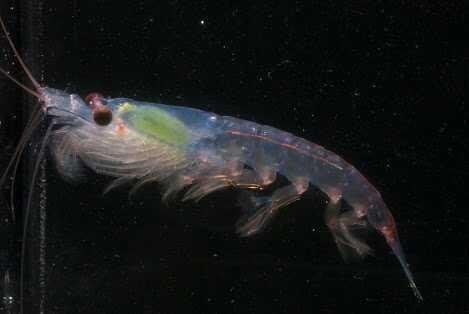
Flickr by Pallter, photo credit, Beth Simmons: The Krill is the most populated animal on the Antarctic region
Anyone in the South Poler region or visited there? , I would be glad if you share with us your view of life in this desert, have any comments on life in the Antarctic region or the article in general, meet me in the comment section let's get to the fun part :).
References
Antarctica: National geographic
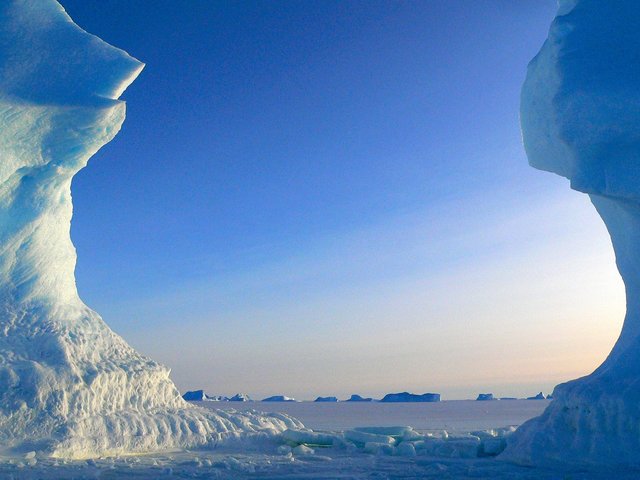
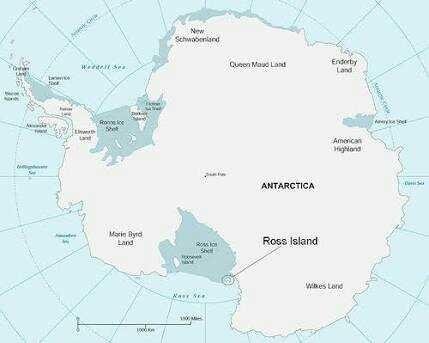
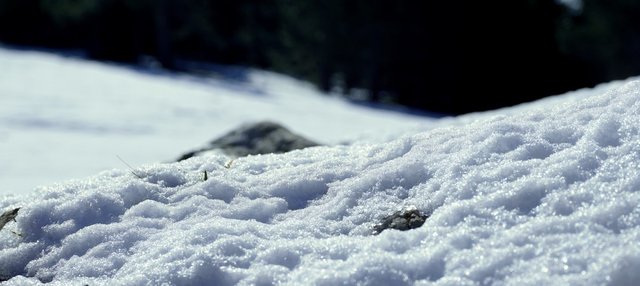
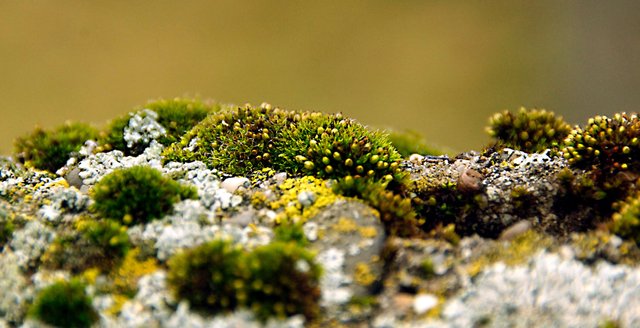
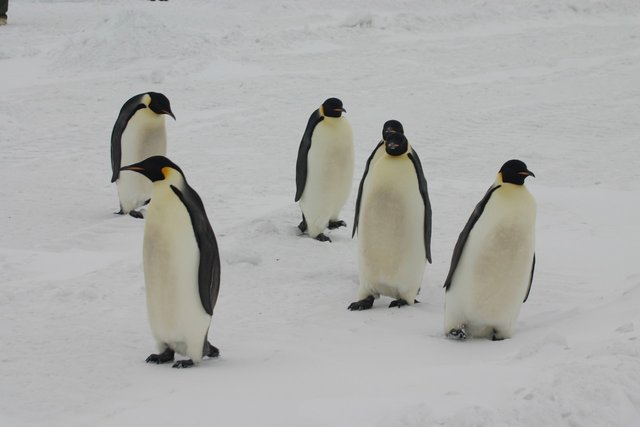
Thank you for your contribution!
=======================================================================================
This post was upvoted and resteemed by Steemgridcoin with the aim of promoting discussions surrounding Gridcoin and science.
This service is free. You can learn more on how to help here.
Have a nice day. :)
Thanks :)
Congratulations! Your post has been selected as a daily Steemit truffle! It is listed on rank 12 of all contributions awarded today. You can find the TOP DAILY TRUFFLE PICKS HERE.
I upvoted your contribution because to my mind your post is at least 57 SBD worth and should receive 270 votes. It's now up to the lovely Steemit community to make this come true.
I am
TrufflePig, an Artificial Intelligence Bot that helps minnows and content curators using Machine Learning. If you are curious how I select content, you can find an explanation here!Have a nice day and sincerely yours,

TrufflePig